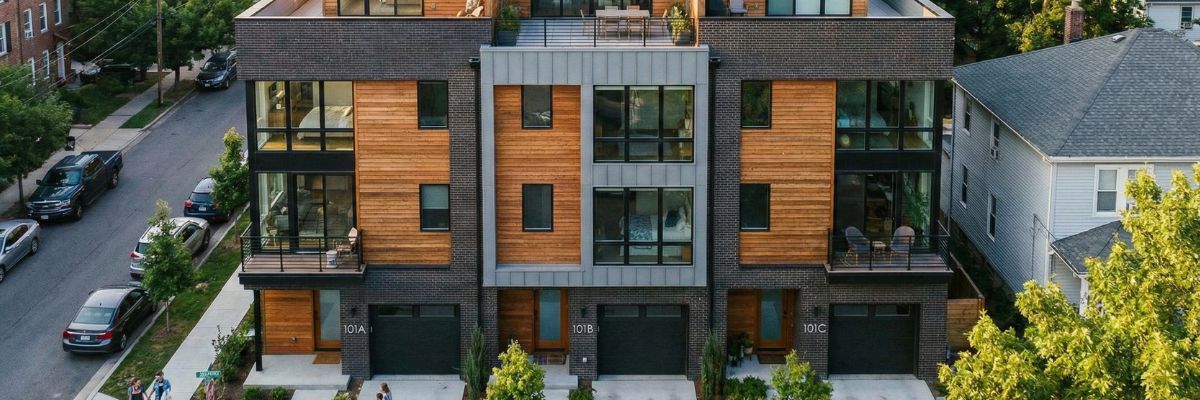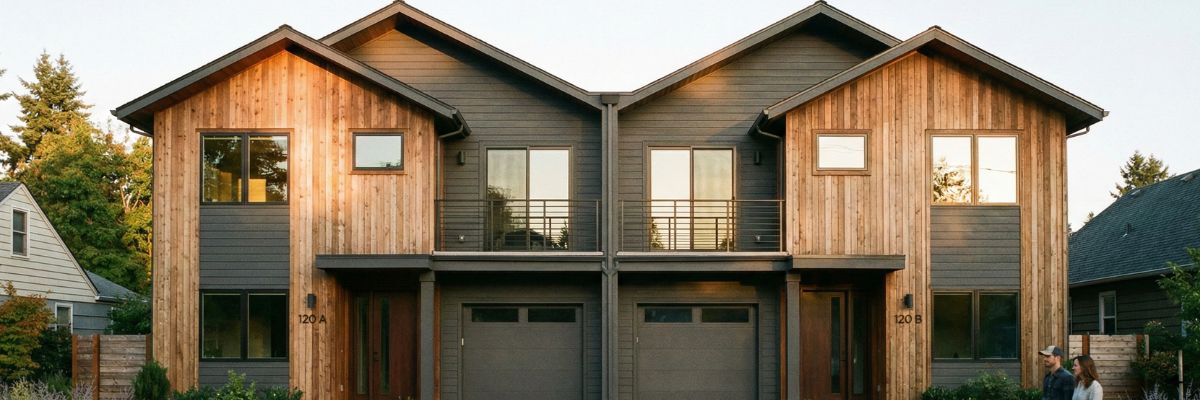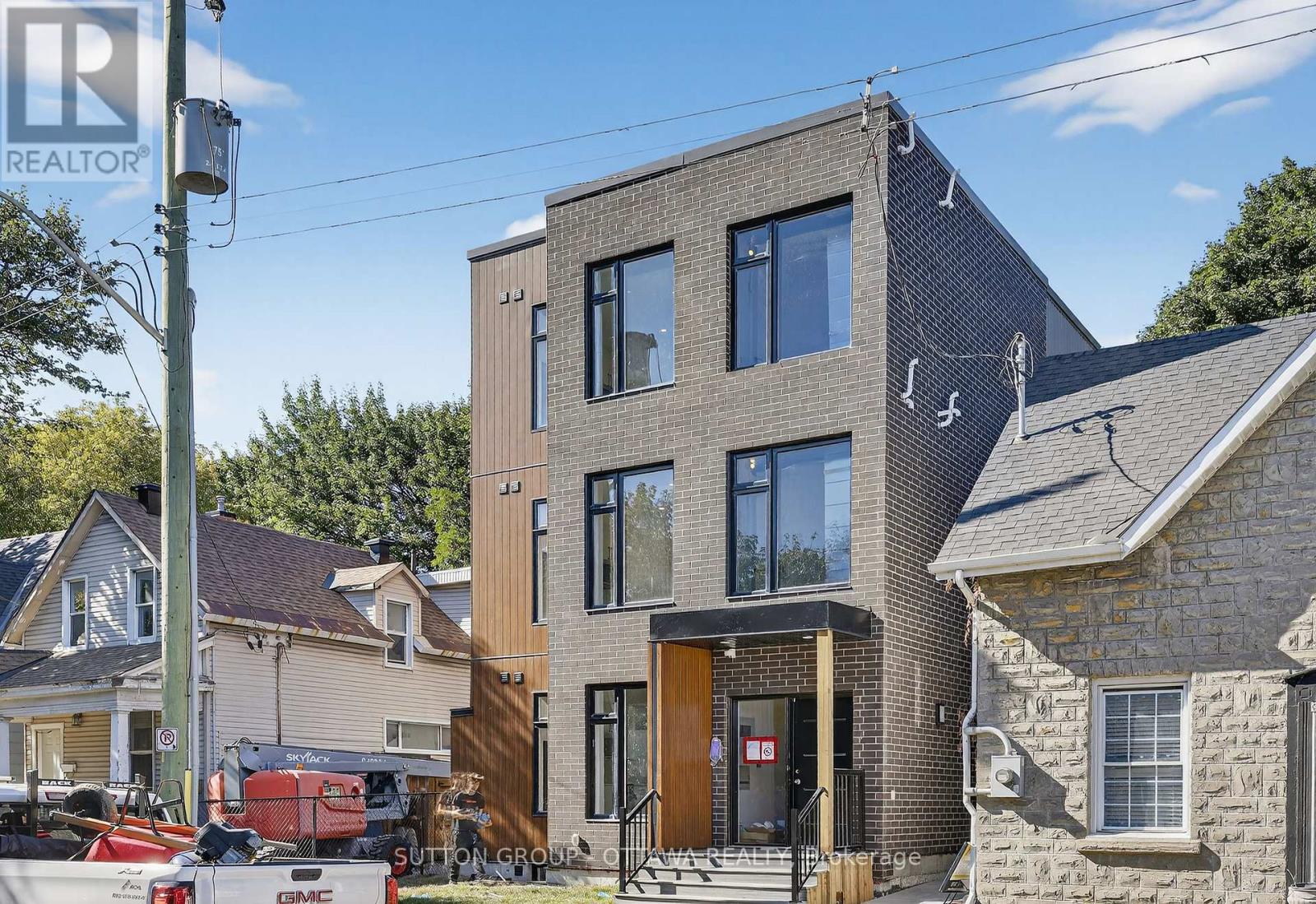What Your Choice of Patio Stone Says About You

Creating the perfect patio can be a daunting task. Some people may think “just add concrete and there you go!” Yes, that is an option, but there are other materials you can use to make the perfect patio as well. Here are your options:
Flagstone
Flagstone comes in different colors, such as red, blue and buff, all depending on what region the flagstone is from. This is due to the natural process in which flagstone is formed, with the gradual collection of sand, clay, mineral and organic sediments. Arizona sandstone and Pennsylvania bluestone are 2 of the most popular flagstone materials used. One of the draw-backs of using flagstone is it will be more expensive that other patio materials. If the cost doesn’t worry you, then flagstone can be a great choice. Patios made of flagstone look beautiful and can “wow” guests with its earthy look and color. However, building a patio using flagstone can be rather difficult due to the size and weight of the material. Flagstone is also prone to erosion and splitting, so you will want proper drainage around the patio to protect it. The maintenance required for a flagstone patio will depend on which material you end up using. Sandstone will keep cool in the summer but it is prone to water damage due to its porous nature. Bluestone is durable, but will require a sealer to maintain its coloring.
Brick
The bricks used for patios are a little bit different from the ones that would be used for home construction. Bricks used in patio construction are fired different so that they are less porous and won’t be as prone to water damage. Bricks can come in a variety of colors (they aren’t all red!) such as black and tan,. They are easy to install and you can even have fun when installing a brick patio by creating different designs with the layout. There are a few potential issues to consider if you are interested in using bricks in your patio renovation. If a brick patio is installed on sand instead of mortar, weeds can pop up between the bricks. You’ll want to make sure the bricks are installed properly or they can become uneven and could trip someone. Bricks can also become damaged, but any damaged brick can be easily (and cheaply!) replaced.
Patio Pavers
Patio pavers are dense concrete that has been compacted to form individual units. They can mimic stone or brick and they come at a lower price. Pavers can also come in a variety of shapes and colors, offering you a wide variety of potential designs and looks for your layout. Pavers can be replaced easily if any of them are damaged due to the pavers coming in individual units. Pavers also can have interlocking joints, which can add stability to the patio, as they won’t shift out of place. If installed on sand, pavers can withstand changes in temperature and loads by shifting instead of cracking. This can save you money later on. Pavers are easy to install but they are limited to certain shapes. So, you will be constrained by that when considering a patio design. Concrete pavers also have shallow pigments that can fade over time or be scratched, which will allow the bare concrete to show.
Concrete
Concrete is the least expensive option when considering a patio renovation. With proper installation and maintenance, concrete can also be the most durable option as well. But, it is prone to cracking with freeze-thaw cycles. Poured concrete will allow you to come up with any patio design you want. Although concrete can be boring and industrial to look at, you can add decorative tiles to the concrete to give it more flavor. Before installing a concrete patio, make sure you will have proper drainage to keep the concrete healthy.
Tiles
Installing tiles can make for a very distinctive patio due to the variety of styles and colors available. Tiles can be expensive and can come with some issues though. You’ll want to make sure to buy tiles and grout that are meant for outdoor use. You don’t want to use tiles that you would buy for your bathroom. You’ll also want tiles that aren’t very porous, that way they will be resistant to damage from water and freezing. You may also want to consider unglazed tiles, since glazed tiles are slippery (especially when wet). On that note, you may not want to install tiles near a spa or pool due to their slippery nature.
Gravel
If you want a quick and easy job, gravel may be a good option for you. There are usually 2 types of gravel you can choose from: river rock or crushed stone. If you add gravel over a fabric landscape liner, it can prevent weed growth. Gravel also offers excellent drainage for your yard. Gravel can look nice, but it can be high maintenance due to leveling. It can also be uncomfortable if you want to walk around your yard barefoot.

.svg)






.jpg)
.jpg)


